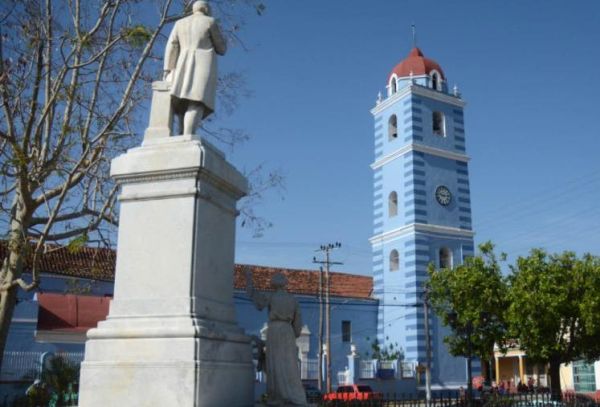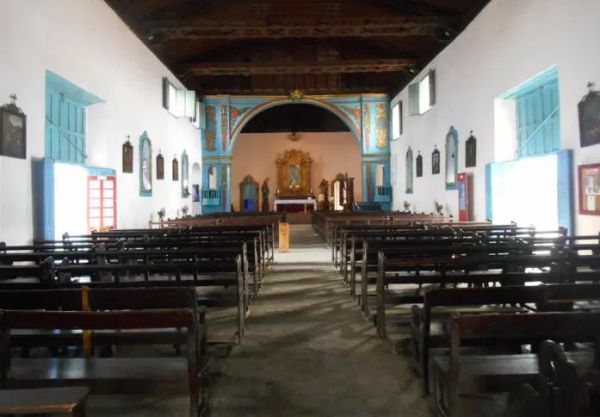
This Roman-and-Baroque style church, featuring relevant architectural values, is considered the oldest on the Island of Cuba and one of the first to hold religious services.

It was originally built in Pueblo Viejo, a location near the Tuinicú River, where Diego Velázquez founded the town of Espíritu Santo back in 1514. Later on, when the village was moved next to the Yayabo River, a new larger wooden parish was constructed.
Some time later, due to the population growth of the territory, the metropolis projected a new temple that would be the current Greater Iglesia Parroquial Mayor.
Bishop Fray Alonso Enríquez de Almendáriz made the first episcopal visit to the village in 1661, and sent King Felipe II a letter stating that he ordered the rebuilding of the church because it was not spacious enough, according to his point of view.

The new building, which included a house for the priest attached to the temple, was built between 1620 and 1680 with the monetary contribution of Sergeant-Major Don Ignacio de Valdivia.
 Escambray ENGLISH EDITION
Escambray ENGLISH EDITION





Escambray reserves the right to publish comments.